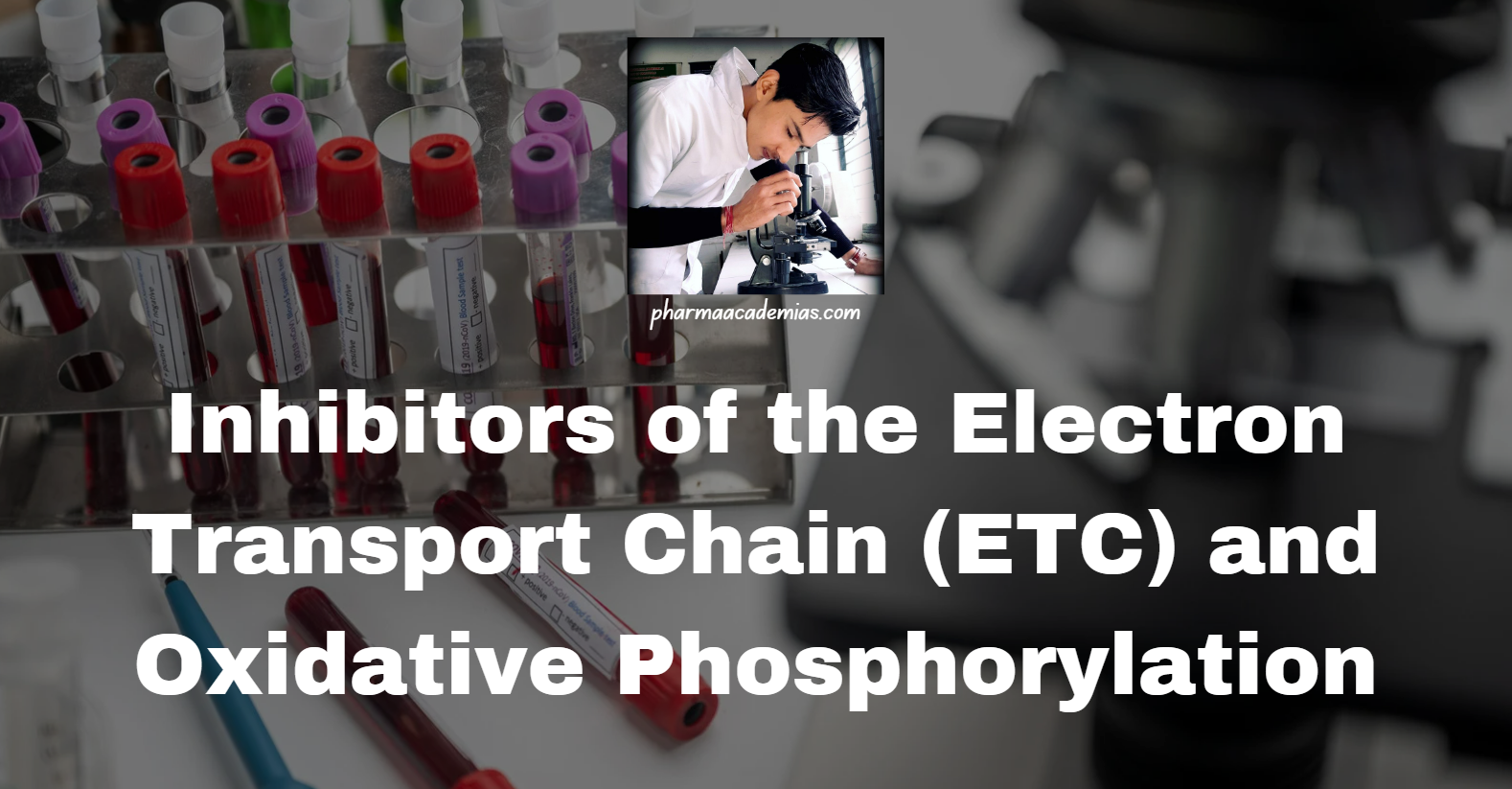Under certain conditions, cells may accumulate abnormal amounts of various substances. These accumulations can be harmless or associated with varying degrees of injury. The substances can be located in the cytoplasm, within organelles (typically lysosomes), or in the nucleus. They may be synthesized by the affected cells or originate from …
Cellular Swelling: Causes, Mechanisms, Changes etc
Cellular swelling, also known as hydropic change or cytotoxic edema, is a condition where cells increase in volume due to an influx of water. This phenomenon typically occurs as a response to various forms of cellular injury, leading to an imbalance in the regulation of ions and water within the …
Inhibitors of the Electron Transport Chain (ETC) and Oxidative Phosphorylation
The Electron Transport Chain (ETC) and oxidative phosphorylation are critical for ATP production in aerobic organisms. Several inhibitors can interfere with the ETC and oxidative phosphorylation, leading to reduced or halted ATP synthesis. These inhibitors can affect specific complexes within the ETC, mobile electron carriers, or the ATP synthase enzyme. …
Oxidative Phosphorylation and Its Mechanism
Oxidative phosphorylation is the process by which ATP is synthesized using the energy released by the transfer of electrons through the Electron Transport Chain (ETC) to molecular oxygen. This process occurs in the inner mitochondrial membrane and is the primary method of ATP production in aerobic organisms. Mechanism of Oxidative …
Electron Transport Chain (ETC) and Its Mechanism
The Electron Transport Chain (ETC) is a series of protein complexes and other molecules embedded in the inner mitochondrial membrane that plays a critical role in cellular respiration. It is the final stage of aerobic respiration, where the energy stored in NADH and FADH2, generated during glycolysis, the citric acid …





